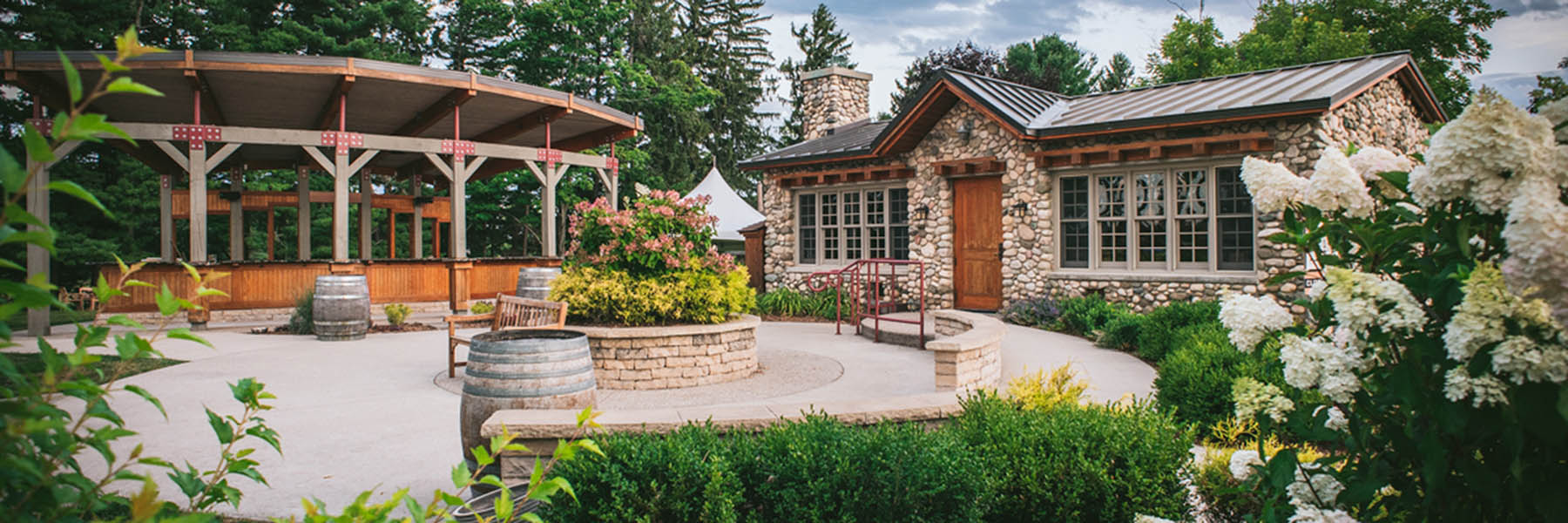Monday May 16, 2016

For the Love of Dirt: Our Unique Terroir
We all know that good soil is a major factor in growing wine grapes. But, many people don't realize just HOW crucial the composition of that soil is to the actual flavors produced by the fruit.
The type of soil in which a vineyard is established is one of many factors that mold a wine’s style, or as the French say “terroir,” that is… a sense of place or environment. There are also many other factors at play, such as climate, topography, and vine management. But, everything begins and ends with the soil.
The realm of soil can be very fascinating for more than just geologists. There are so many different types of soil, especially right here in Michigan, and they can be fun to think about as you move about the state.
- The well-drained dunes along the Lake Michigan shoreline support beach grass and protected old forests.
- The humus-filled rich silty loams throughout the southwestern part of the state allow vegetables to thrive.
- There are heavy clay soils that can be found in the thumb that support a heavy-duty sugar beet industry.
- Our glacial hills and valleys of northwest Michigan lend themselves well to tree and vine crops.
The type of soil can have an immense impact on how the vines grow, and ultimately the quality of wine that is the result of those grapes. Vines typically like well-drained soil, meaning one that will not allow for standing water, or a high water table, but the roots are also quite adaptable to many soil types. One may think of the famous French viticultural areas: the deep gravels found in the Medoc (Bordeaux), the shallow chalky limestone found in Champagne, and even the galets, small round pudding stones covering the soil, of Chateauneuf du Pape.
Most of our vineyards at Shady Lane are planted into what is classified as sandy loam; some are even a sandy-gravel loam. This is a well-draining soil with low organic matter content, often with small rocks and gravel mixed throughout which are actually the leftovers from glaciation.
These soils affect vines in different ways; sometimes restricting root growth to a few feet deep, or promoting roots as deep as a 100 ft. Good wine is often made from vines that have some type of water stress induced upon them during the season. This can trigger the vine to focus energy on building sugars and flavonoids in the fruit.
We typically experience a period of dry weather during the latter half of the summer and thus tend to see the early stages of fruit ripening right before Labor Day. It is then, with the hanging fruit beginning its slow journey to high-quality cool-climate wine; we can take time to have a few bottles in celebration of a summer gone well, and a soil well-drained.
Cheers to the dirt!
Andy Fles

Vineyard Manager - Shady Lane Cellars


